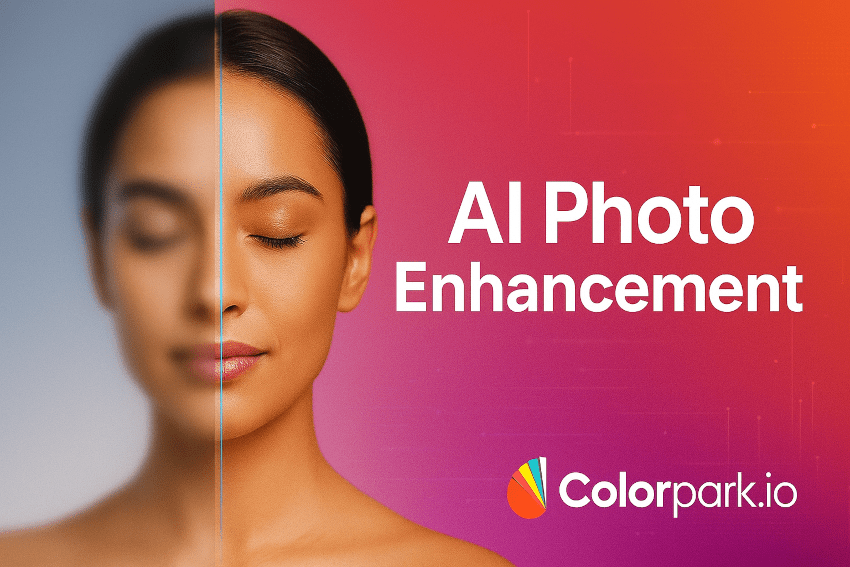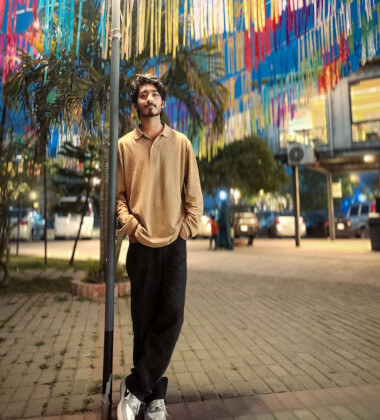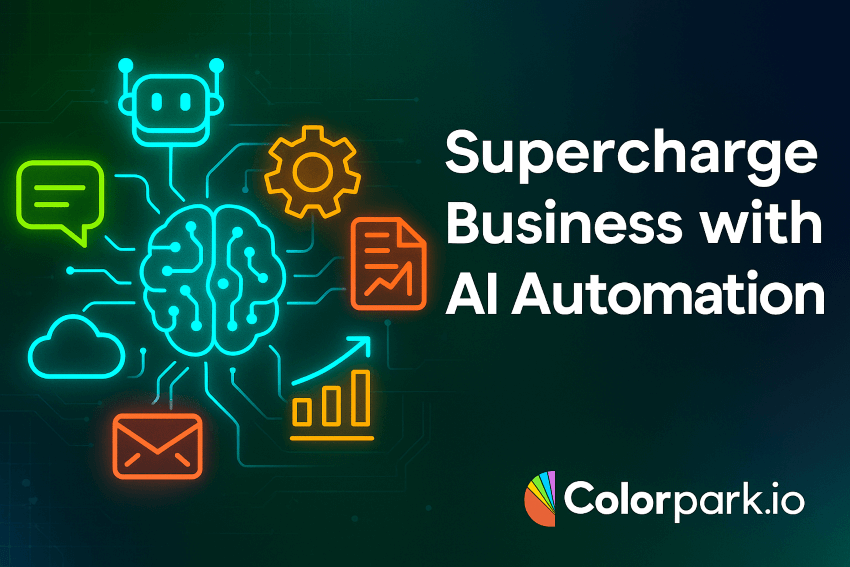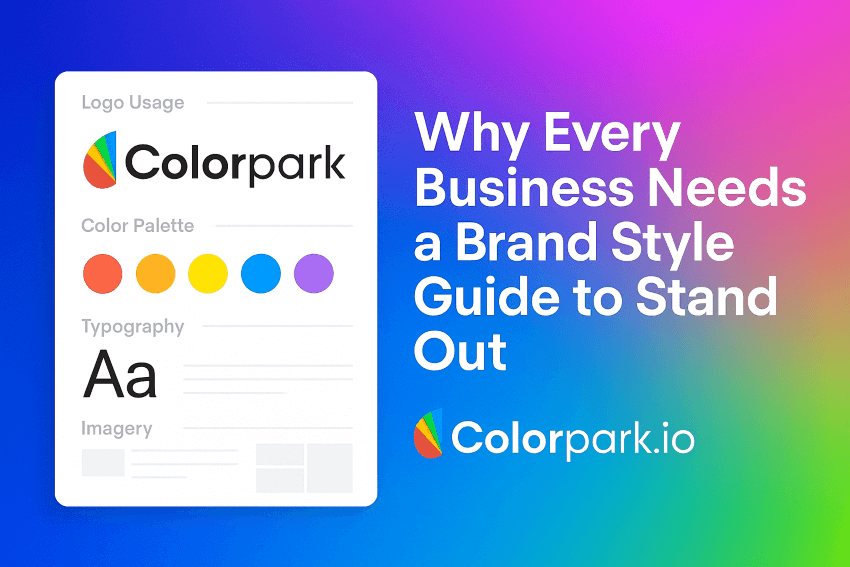Introduction
We’ve all been there: you snap a once-in-a-lifetime photo, only to discover later that it’s blurry, pixelated, or lacking detail. Maybe it’s an old family memory, a screenshot you want to use in a presentation, or a product image for your online store.
The problem? Traditional photo editing tools require time, skill, and patience—things most of us don’t always have.
That’s where AI photo enhancement comes in. With today’s tools, you can instantly restore clarity, sharpen details, and fix pixelation in just seconds—without Photoshop expertise or hours of editing.
In this guide, you’ll learn:
- How AI photo enhancers actually work
- The best AI tools to sharpen blurry images instantly
- Step-by-step methods to enhance photos in seconds
- Real-world examples of when AI-powered enhancement saves the day
- Tips for getting the best results without over-editing
By the end, you’ll know exactly how to take your photos from blurry to brilliant with just a few clicks.
H2: Why Photo Clarity Matters More Than Ever
Photos aren’t just memories—they’re communication tools. Whether it’s a brand showcasing products, a student preparing a project, or a traveler sharing moments on Instagram, clarity directly affects impact.
- In business: Sharp product images increase conversions by up to 40%.
- In personal life: A clear photo preserves emotions, expressions, and tiny details you never want to lose.
- In content creation: Crisp visuals grab attention in a scroll-heavy world.
Blurry or pixelated photos undermine credibility. A polished, sharp image, on the other hand, signals professionalism and instantly engages your audience.
H2: How AI Enhances Photo Clarity
AI photo enhancement isn’t magic—it’s machine learning at work. These tools are trained on millions of images to recognize patterns in pixels.
Here’s what happens behind the scenes:
- Image Upscaling – AI predicts and adds missing pixel details, making low-resolution photos appear high-res.
- Noise Reduction – Graininess is smoothed out without losing detail.
- Edge Detection & Sharpening – AI identifies outlines (faces, objects, text) and enhances sharpness.
- Texture Restoration – Subtle details like skin texture, fabric weave, or hair strands are reconstructed.
Unlike manual editing, AI handles all this automatically in seconds—no layers, masks, or brushwork required.
H2: Best AI Tools to Sharpen Photos Instantly
Let’s look at some of the top platforms transforming how designers, marketers, and everyday users fix blurry images.
H3: Pixel Polish
A newcomer that’s quickly winning hearts, Pixel Polish is designed for speed and simplicity.
- Upload any photo—old, blurry, pixelated
- AI instantly enhances clarity and sharpness
- Ideal for fixing screenshots, social posts, or old family photos
- Browser-based, so no software installation needed
Why it stands out: Its one-click process makes it accessible to non-designers while still producing professional-grade results.
H3: Topaz Gigapixel AI
A long-time leader in AI upscaling. Perfect for designers needing print-quality results.
- Upscales images up to 600%
- Retains facial details impressively
- Paid software, but offers trial
Use case: Best for photographers and professionals handling high-resolution assets.
H3: Remini
Popular as a mobile app, especially on social media.
- Enhances selfies and portraits
- Works directly from your smartphone
- Subscription-based model
Use case: Ideal for everyday users looking to restore old photos or enhance personal snapshots.
H3: Adobe Photoshop (AI-Powered Enhancements)
Adobe has added AI tools like Super Resolution and Neural Filters.
- Deep editing capabilities for pros
- Industry-standard credibility
- Steeper learning curve
Use case: Best suited for professionals already comfortable in Photoshop.
H2: Step-by-Step Guide: How to Enhance a Blurry Photo with AI
Let’s walk through a quick process using a tool like Pixel Polish:
- Choose Your Tool: Select an AI enhancer (Pixel Polish, Remini, Topaz, etc.).
- Upload Your Photo: Drag and drop your image—whether it’s an old memory or a screenshot.
- Run Enhancement: Let the AI process your image (usually a few seconds).
- Preview & Compare: Most tools show side-by-side before/after previews.
- Download the Result: Export in your preferred format (JPG, PNG, or high-res TIFF).
Tip: If your photo still looks over-smoothed, reduce the AI strength. Subtlety often feels more natural.
H2: Real-World Examples of AI Photo Enhancement
H3: Reviving Old Memories
A daughter finds a 1970s photo of her parents, faded and blurry. With AI, she restores their smiles in high resolution—something impossible with traditional tools in just a few clicks.
H3: Upgrading E-commerce Listings
A small business owner uploads slightly blurry product shots. After AI sharpening, her products appear crisp and professional, leading to higher trust and more conversions.
H3: Creating Better Content
A blogger takes screenshots for tutorials. Normally, screenshots look pixelated when enlarged. AI instantly cleans them up for a polished, professional look.
H2: Common Objections to AI Photo Enhancement
-
“Doesn’t AI make photos look fake?” → Not if used correctly. The best tools enhance detail naturally, not artificially.
-
“Why not just use Photoshop manually?” → Photoshop is powerful, but time-consuming. AI saves hours while delivering similar (sometimes better) results.
-
“Is AI enhancement expensive?” → Many tools offer free versions or trials. For casual use, apps like Remini are affordable.
H2: Pro Tips for Better Results
- Start with the highest-quality version of your photo.
- Don’t over-enhance—subtlety looks natural.
- Compare multiple tools for the best outcome.
- Use AI-enhanced photos responsibly (avoid misrepresentation).
Bullet Points / Quick Takeaways
- AI can restore clarity and sharpness in seconds—no editing skills required
- Tools like Pixel Polish, Remini, and Topaz Gigapixel AI are leading options
- Businesses benefit from clearer visuals that boost credibility and sales
- Personal users can revive old memories or enhance daily photos effortlessly
- The key is subtle enhancement—over-processing can look artificial
Call to Action (CTA)
Stop settling for blurry, pixelated photos. Try an AI photo enhancer today and see the difference in seconds. If you want more guides on the best AI tools for creators, businesses, and everyday users, subscribe to our newsletter—we’ll keep you ahead of the curve.click here
Optional: FAQ Section
Q1: Can AI really fix a blurry photo? Yes—AI uses advanced algorithms to reconstruct lost details, sharpen edges, and reduce noise, often producing results impossible with manual editing.
Q2: Is AI photo enhancement free? Many tools offer free versions or trials. For ongoing professional use, premium plans unlock higher-quality exports and more control.
Q3: Do AI photo enhancers work on old printed photos? Yes—just scan or photograph the print, then upload it to an AI tool. Results are often stunning.
Q4: Will enhancing with AI reduce photo authenticity? When used carefully, no. The goal is to restore clarity, not to alter the original subject.
Q5: Which AI photo enhancer is best? It depends: Pixel Polish for quick one-click fixes, Topaz for professionals, Remini for mobile users, and Photoshop AI for full editing control.



